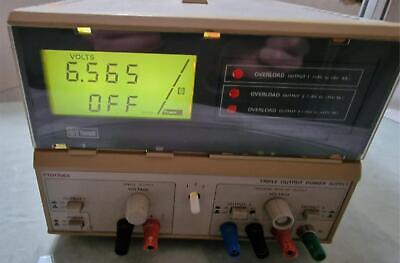So as expected, the isolator didn’t work, I didn’t expect it to but it was worth discounting, I actually lost my previous isolator so needed another one anyway.
I did look at the ADC results since I have no equipment here and I suspect it’s noise or ripple caused by the USB IP in the RP2040 once it’s enumerated.
I can’t really do anything to try and resolve it here, no components or soldering equipment.
So what’s the issue?
My suspicion is noise, the net result is that I am seeing 700uV increase in the resulting measurements made by the ADC, this could either just be ripple on the signal, it could be ripple on the rails feeding either the ADC or the OPAMP, ripple on the voltage reference.
Of course it could be something else, but I’m guess it’s ripple/high frequency noise that is being picked up from the VBUS when it’s enumerated, it could be being picked up on VBUS from D+ and D-.
I did look at the ADC results since I have no equipment here and I suspect it’s noise or ripple caused by the USB IP in the RP2040 once it’s enumerated.
I can’t really do anything to try and resolve it here, no components or soldering equipment.
So what’s the issue?
My suspicion is noise, the net result is that I am seeing 700uV increase in the resulting measurements made by the ADC, this could either just be ripple on the signal, it could be ripple on the rails feeding either the ADC or the OPAMP, ripple on the voltage reference.
Of course it could be something else, but I’m guess it’s ripple/high frequency noise that is being picked up from the VBUS when it’s enumerated, it could be being picked up on VBUS from D+ and D-.


